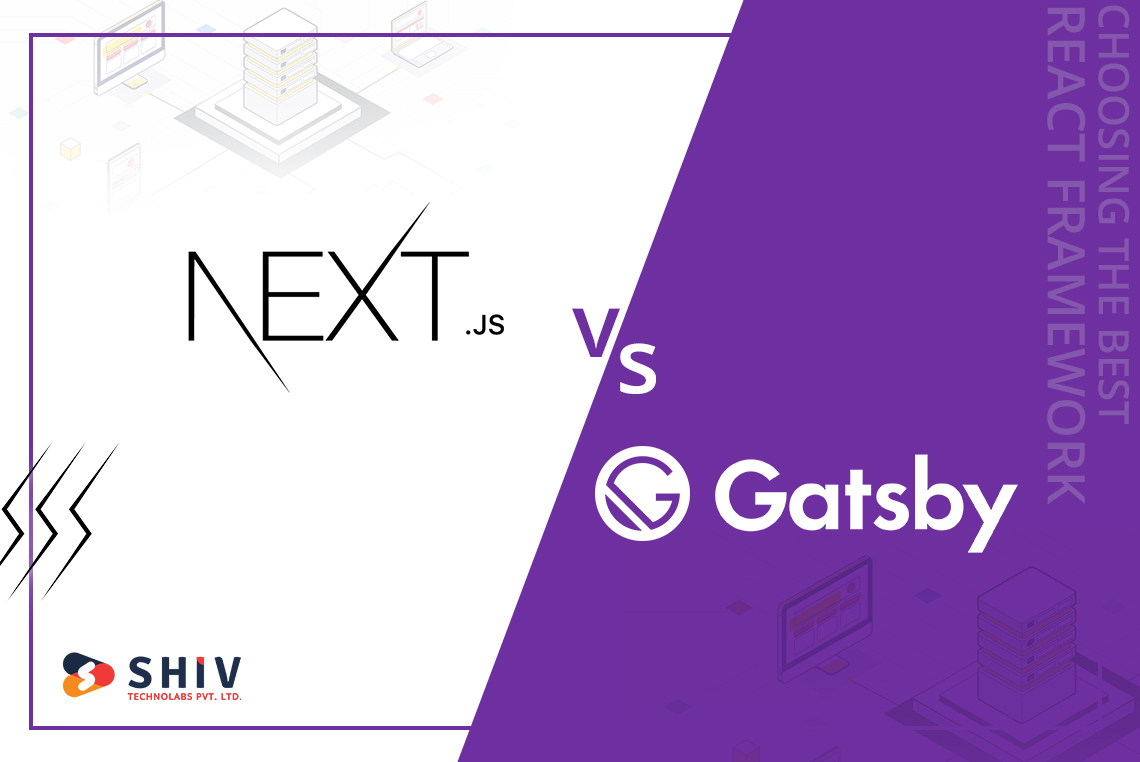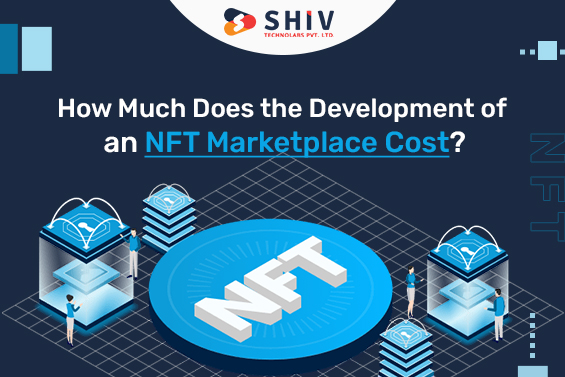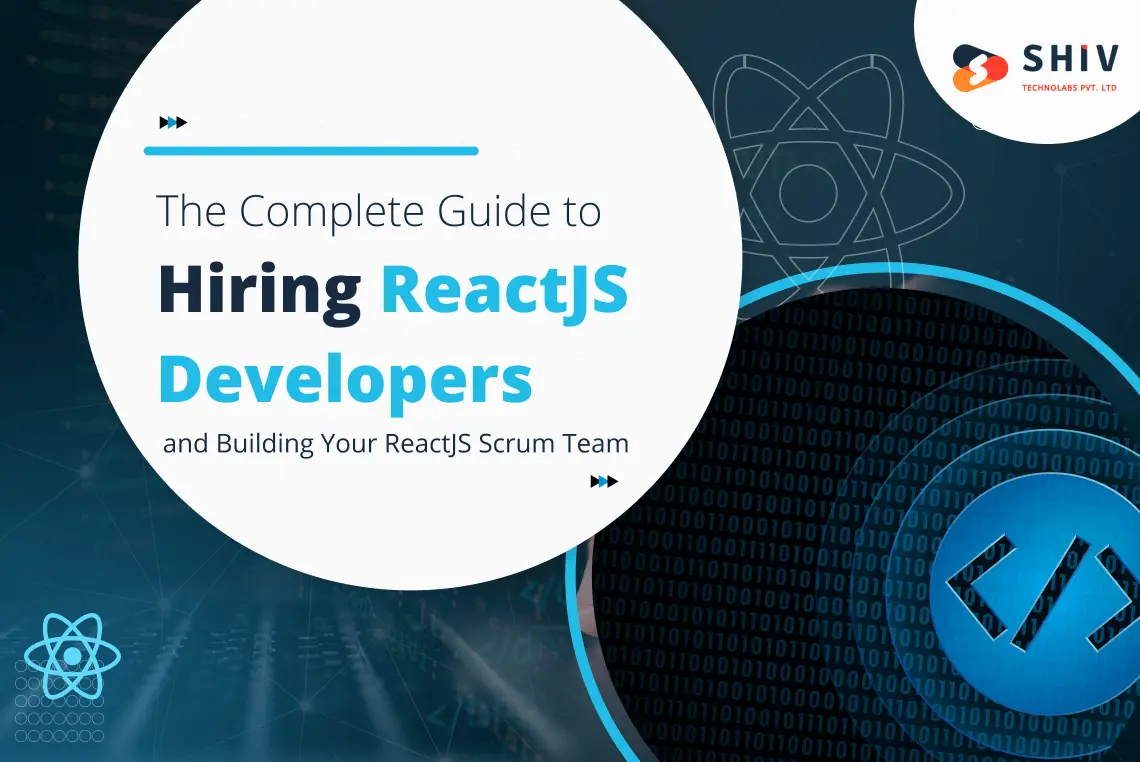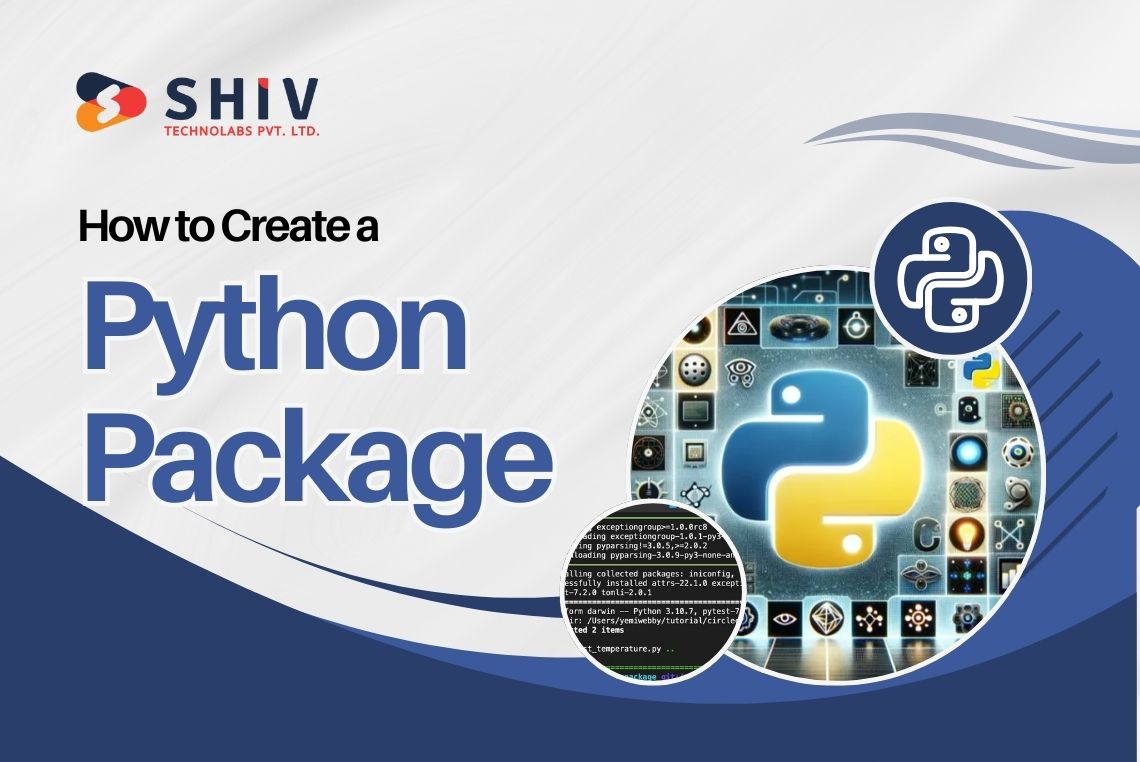Two frameworks have dominated React’s usage base in recent years: Next.js and Gatsby. They used to differ significantly enough that developers could choose the one that made the most sense for their use case. However, the two frames have grown considerably more congruent recently.
You can build extremely flexible and potent React websites using Gatsby and Next by utilizing features like server-side rendering, static site creation, and other features that React doesn’t natively enable. The two frameworks still differ from one another, though. Additionally, we want to examine some of the more significant distinctions between next js and Gatsby in this article and provide some advice on which framework you ought to choose.
You must gain a fundamental understanding of both frameworks in order to join in the discussion on next js vs Gatsby and fully comprehend the comparison.
Gatsby.JS
A website created with Gatsby.JS often generates static HTML in advance, which can then be saved on CDNs (Content Delivery Networks) around the world to provide faster access.
Gatsby.JS is a static site generator that is more and more developer-friendly by fusing the greatest elements of GraphQL, React, and React-router.
From an alternative perspective, the Gatsby framework may also be seen as a cutting-edge front-end framework that enables incredibly quick page loading. It accomplishes this by utilizing various capabilities, including data prefetching, asset optimization, server-side rendering, and code splitting.
Also Read:- Why it is Best to Use ReactJS for Web Development
The majority of websites constructed with Gatsby have predictable page counts and largely static content.
While using the Gatsby framework ecosystem, a developer has the luxury of choosing more than one way to build a website. This is a result of the framework having a large number of easily customizable plugins, themes, and starters. Gatsby’s plugins are capable of extending and modifying almost everything that Gatsby does.
Additionally, compared to other Frameworks, Gatsby JS provides the most startling themes and templates.
In addition, it provides support for a number of REST APIs, GraphQL, CMS platforms, and databases.
# The benefits of using Gatsby.JS
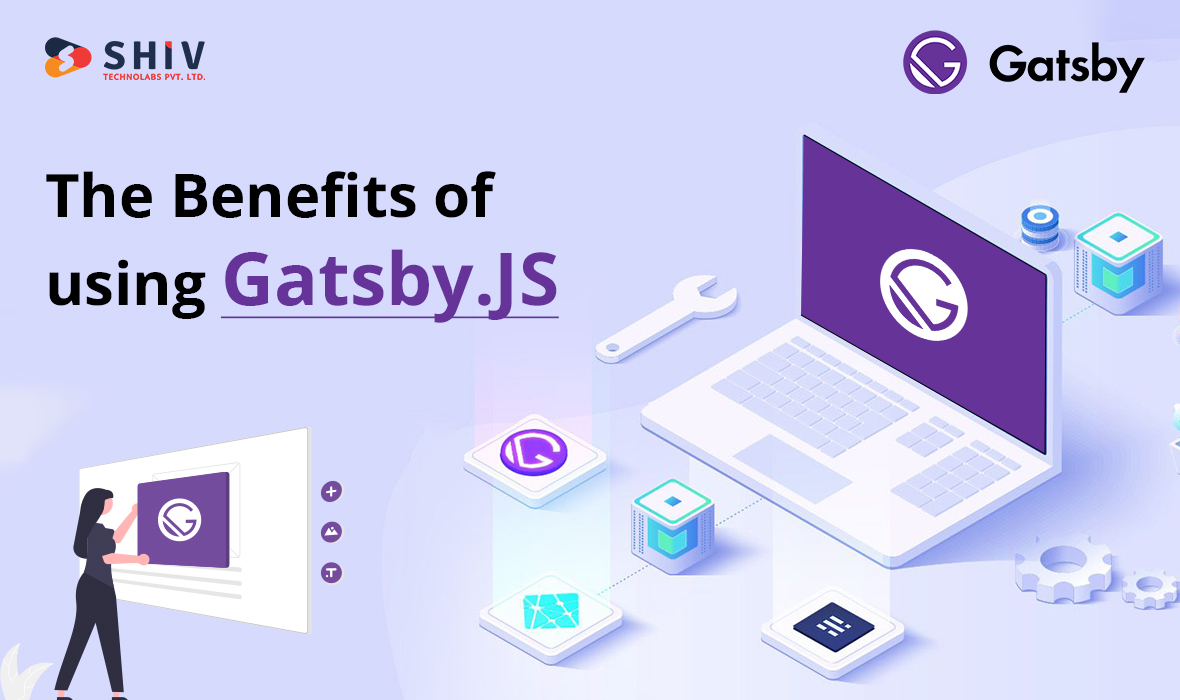
- Websites developed with Gatsby are at least 2-3 times faster than similar sites in the competition.
- Once the source code has been written by the developer, Gatsby handles the rest by creating the most efficient Webpack configuration to build the website.
- It follows Google’s PRPL (Push, Render, Pre-cache, Lazy-load) architectural design pattern, which enhances the performance of mobile websites.
- Direct database connections, user data, dependencies, and other sensitive data are not supported by Gatsby.JS. This assures that your website is more secure than your competitors’ normal websites.
- Gatsby helps you to increase your profit margin by lowering the cost of hosting and updates.
- Because of the abundance of themes, plugins, and starters in its ecosystem, creating a fully functional Gatsby JS application takes only a few minutes.
Next.JS
Next.JS is generally used to create server-side rendered websites, which dynamically generate HTML through a server whenever a new request is received.
On the other hand, it also supports the creation of static pages and all of its benefits, including CDN caching.
Therefore, Next.JS is regarded as the best solution for creating dynamic websites with smooth server interactions.
Developers can create appealing React Websites using capabilities like Single File Components, Automatic Code Splitting, Hot Code Reloading, and similar ones.
When you require a website that supports both SSR and static page optimization, Next is typically used.
Next JS framework offers more freedom for creating applications. It doesn’t package with unnecessary tools, and it doesn’t create assumptions about how you want to manage data.
It’s a great framework for building large-scale applications.
# The benefits of using Next.JS

- Next.JS enables server-side rendering (SSR), which implies that HTML is rendered in response to an incoming client request. This essentially means that the page can be generated dynamically based on the information provided in the request.
- Aside from SSR, Next JS framework completely supports static page generation during the build process.
- It is smart enough to just load the CSS and Javascript needed for a specific page. This improves page performance and allows the user to access the content page more quickly.
- It offers the benefit of HMR (Hot Module Replacement) to developers. This allows them to see all of the changes they made during development live in the application at the time they were made.
- It has a slew of ready-to-use components that expedite the process of developing the MVP (Minimum Viable Product).
Next.JS and Gatsby.JS what are the differences?
The essential difference is that, whereas Next requires a server to work (when SSR capabilities are enabled), Gatsby can run in the absence of a server.
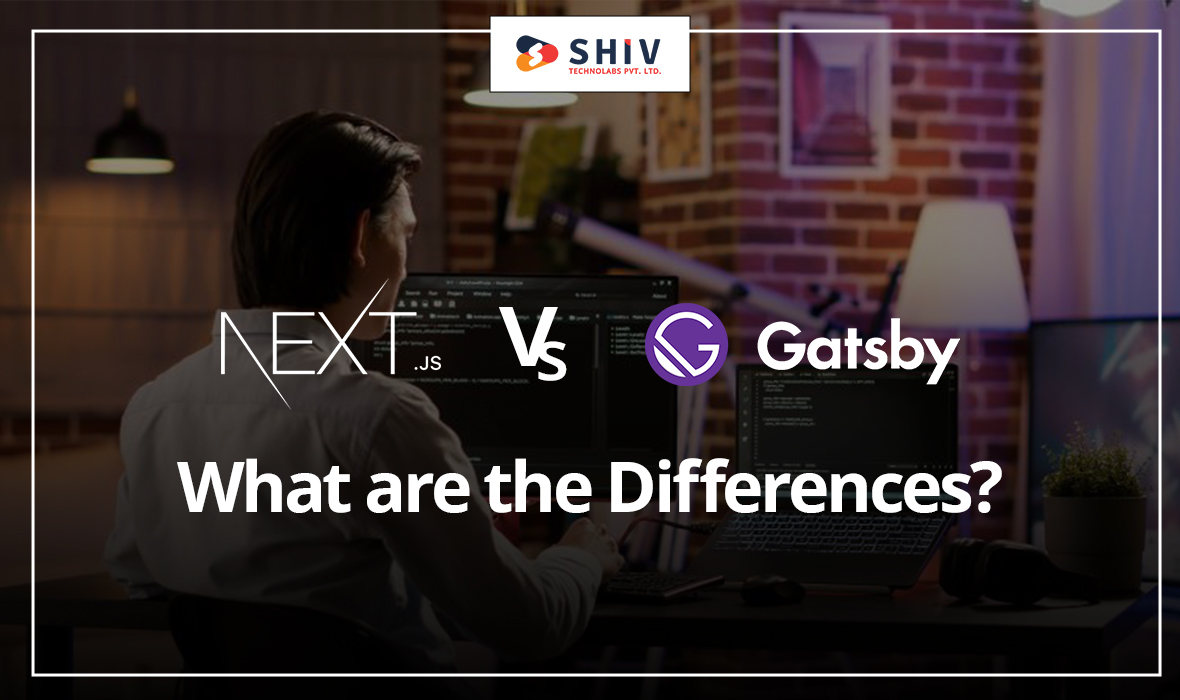
# Next may generate HTML/JS/CSS at runtime, whereas Gatsby does it at build time.
- In contrary to Gatsby, which is a static site generator, the next tool is a hybrid one for server-side generated pages.
- When it comes to data handling, next completely defers to the user. On the other side, Gatsby explains to users how to manage data in their app.
- Because Gatsby is centered on easily configurable plugins and provides a broad range of themes and templates, establishing a fully functional application in Gatsby is faster than in Next.
Pros and cons of Gatsby
# Advantages of Gatsby:
- Gatsby.js plug-ins provide a robust ecosystem for integrating third-party services into your static site. Using this plug-in, you may incorporate a plethora of valuable services, such as Google Analytics and Google Adsense, into your static site.
- It comes with extensive instructions to assist you in setting it up and getting it to work.
- It boosts the performance of static websites.
- There is a sizable user base.
# Cons of Gatsby
- Gatsby is less user-friendly than some of the other Gatsby alternatives available. It takes some time to understand how to correctly use all of its functions.
- It is difficult to scale.
# Top Gatsby alternatives
Pros and cons of Next.js
# Advantages of Next.js:
- Because of the slow loading and auto-code splitting features, the app performs well. Fast loading speeds result in a better client experience and a higher conversion rate.
- Next. js-powered websites and applications are highly responsive and adaptable and can be visited from any device.
- It includes an image optimization tool built in that converts images to high-quality web format.
- It works with ESLint.
- Enables simple modification and deployment
# Next’s disadvantages.js
- It has a deficient plug-in ecosystem.
- It is limited to solely utilizing the file-router system.
- It lacks a built-in state manager; you must use Redux or MobX to manage the state.
# Top nextjs alternatives
Conclusion
As we’ve seen, each React Framework has its own set of features, usability, strengths, and weaknesses. So, use and appreciate their beauty in your unique way! Hence next js vs gatsby: Which Is Better?
Thus, before choosing a platform for your project, consider the requirements of your business, such as if you need a website that displays static content and does not require regular updates, or whether you want an application that can manage a high amount of visitors in the future. However, in order to assist you in deciding between Next JS and Gatsby, we have concluded that.

Revolutionize Your Digital Presence with Our Mobile & Web Development Service. Trusted Expertise, Innovation, and Success Guaranteed.
